October 29, 2025
Data Shows Endangered Palau Ground Doves Swiftly Recovering After Successful Palauan Island Conservation Effort
Astounding evidence of recovery on Ulong Island in Palau after just one year!
Published on
July 28, 2017
Written by
Dylan Meek
Photo credit
Dylan Meek

With the influx of people to islands comes the spread of weeds, pests, and disease. Such introductions have contributed to the demise of over 130 plants species in Hawai’i. More than 40 percent of all Endangered and Threatened plants in the United States can be found in Hawaii.
The National Tropical Botanical Garden (NTBG) took initiative by collecting seeds as a security measure in the event of extinction. The seed bank is located on Kaua’i in the Juliet Rice Wichman Research Center, a state-of-the-art facility with LEED certification. To date, 3 million seeds are stored in the NTBG seed bank, with over 97 percent coming from native Hawaiian plants. These seeds will ensure that Hawaiian plants will exist in the future, even if they are driven to extinction in the wild.
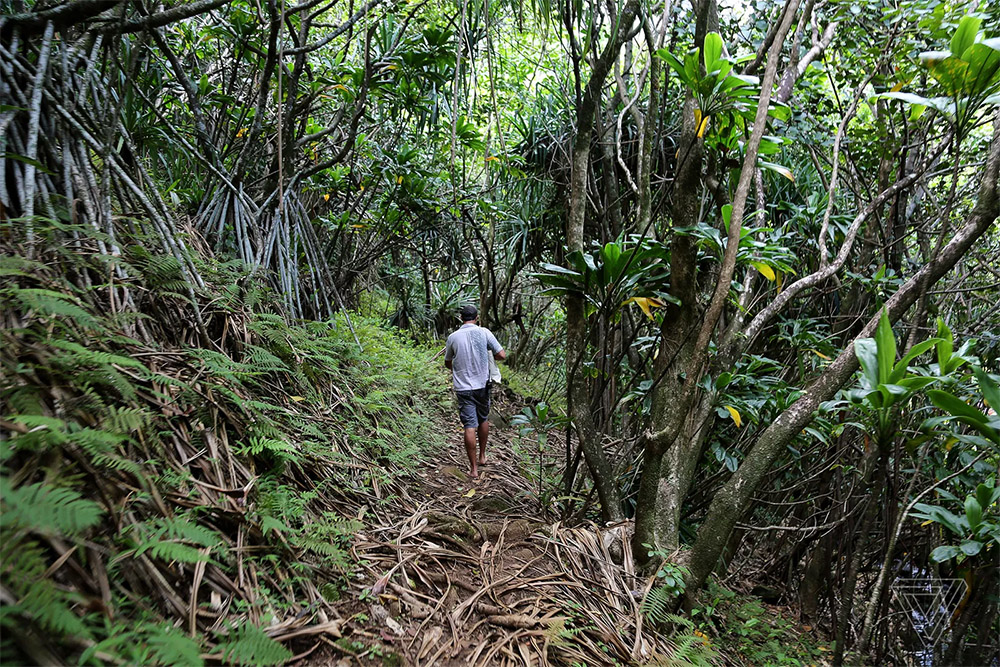
In fact, some seeds in the bank are from plants already Extinct on the island. The native Kadua haupuensis has been driven to extinction by invasive pigs and goats, however their seeds are stored in NTBG. If their natural habitat is restored, Kadua haupuensis will return from extinction one day.
NTBG enlists volunteers and botanists to collect seeds. These individuals go to great lengths to obtain seeds of vulnerable plants, sometimes even scaling cliff faces or jumping out of helicopters to find Hawai’i’s rare plants.
Some seeds are stored, while others are planted in NTBG nurseries so that more seeds can be cultivated. The seeds collected from the sprouting plants in NTBG are either added to the standing collection, or undergo experiments exploring methods for seed storage and maximum storage period before the seeds decay.
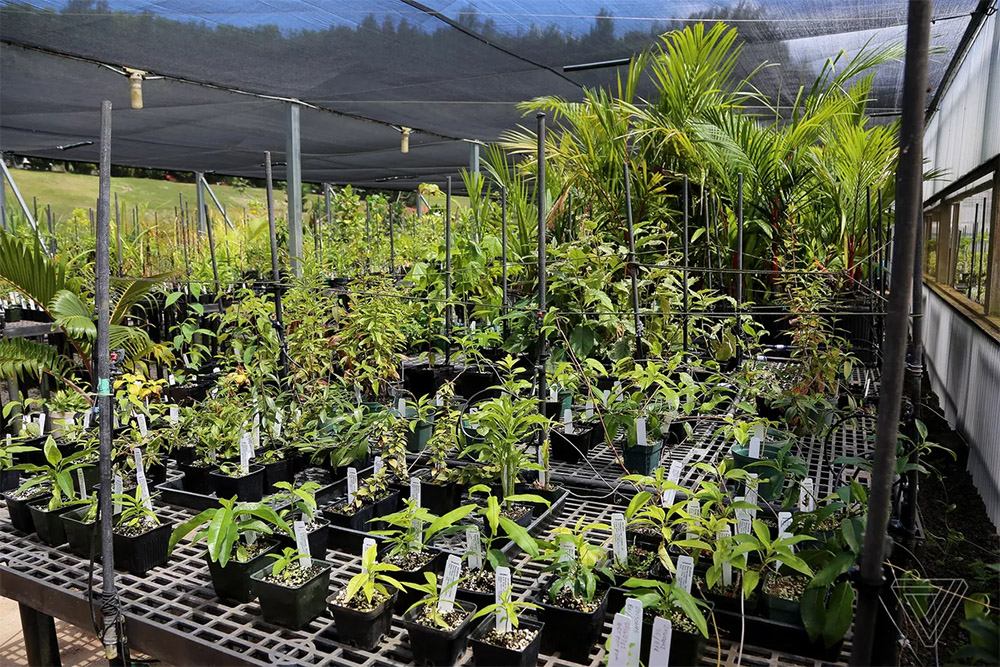
Experiments will only be conducted if more than 100 seeds are available for a given plant. Dustin Wolkis, the seed bank manager at NTBG, affirms:
Seeds are living things and they have an expiration date just like all other living things. It’s my job to figure out what that expiration date it and push back.
There are two ways to extend a seeds life: drying or freezing. Wolkis’ experiments in seed conservation biology test the limits of seeds. Seed storage analysis first involves slightly drying the seeds. Then they are laid on a petri dish and put into germination chambers, where scientists can control the amount of temperature and light the seeds receive. If the seed begins to sprout, the scientists know that the conditions promote growth. This process is repeated until the seed doesn’t sprout, to determine the maximum range of conditions the seed can tolerate.
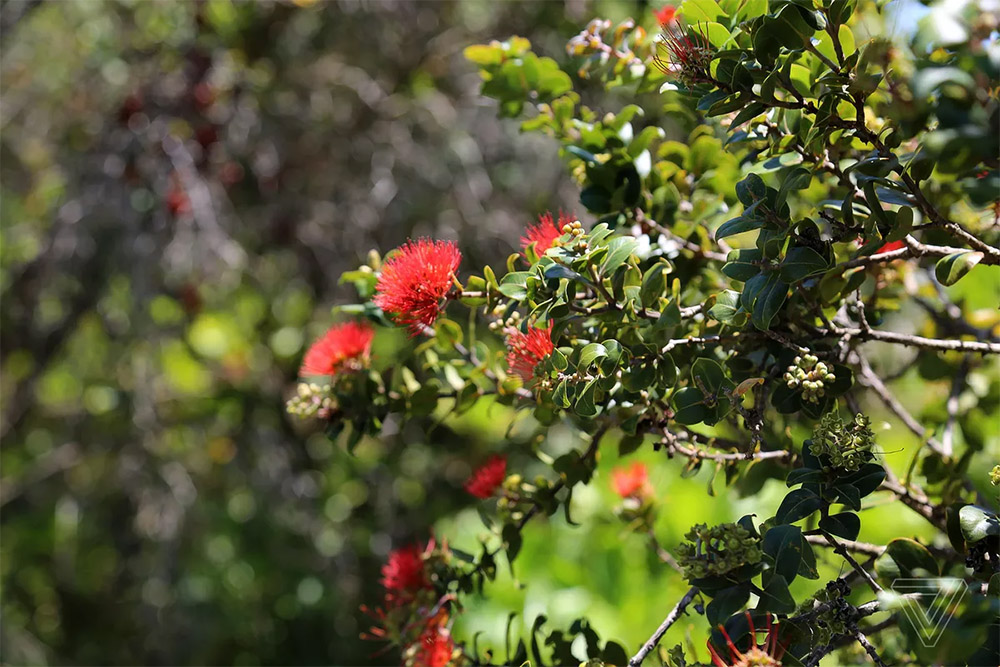
If a seed can tolerate drying, it is further tested to determine if it can withstand freezing. A seed is sealed in an aluminum foil pack in a negative 4-degree Fahrenheit (negative 20-degree Celsius) chamber for 3 months, after which it will enter the germination chamber again to see if it survived. A negative 112-degree Fahrenheit (negative 80-degree Celsius) chamber is also available for further testing.
Typically, thicker seeds are more likely to survive the drying and freezing processes, and are therefore easier to store. Seeds that are less sturdy don’t survive the freezing process because moisture in the seeds turns into ice crystals, which prove to be lethal.
Seeds that can withstand freezing are taken out of the freezer in yearly increments, starting with two years, then five years, then 10 years, for routine testing to ensure the seeds are still viable.
Wolkis wants to begin experimenting with liquid Nitrogen. At negative 321-degrees Fahrenheit (negative 321-degree Celsius), the moisture in the seeds wouldn’t have time to form ice. This would resolve the freezing problem for less sturdy seeds, ensuring that all of Hawai’i’s native plants will be safeguarded until their natural habitat is restored.
Featured Photo: Flower at the National Tropical Botanical Garden. Credit: Tim and Julie Wilson
Source: Fleekist
Check out other journal entries we think you might be interested in.

October 29, 2025
Astounding evidence of recovery on Ulong Island in Palau after just one year!
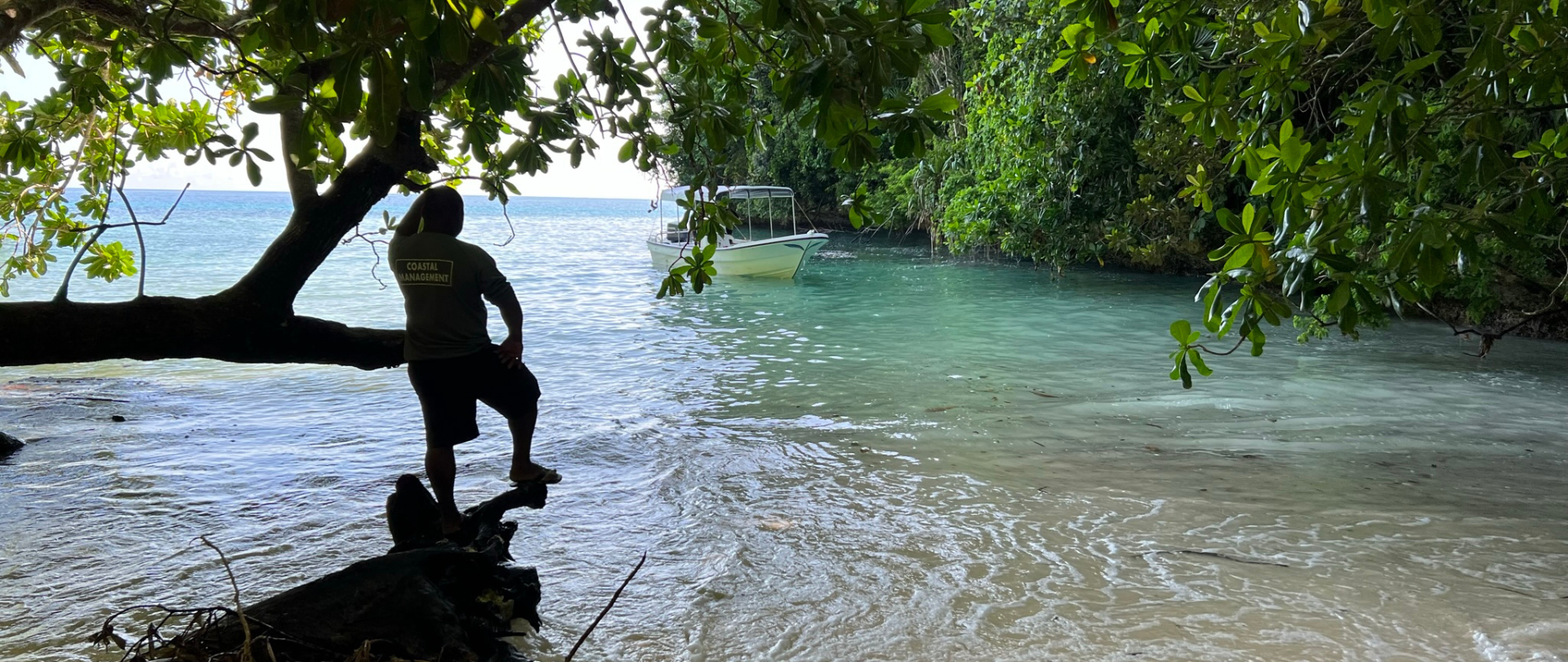
May 19, 2025
Read our position paper on The 3rd United Nations Ocean Conference (UNOC 3) to see why we're attending and what we aim to accomplish!
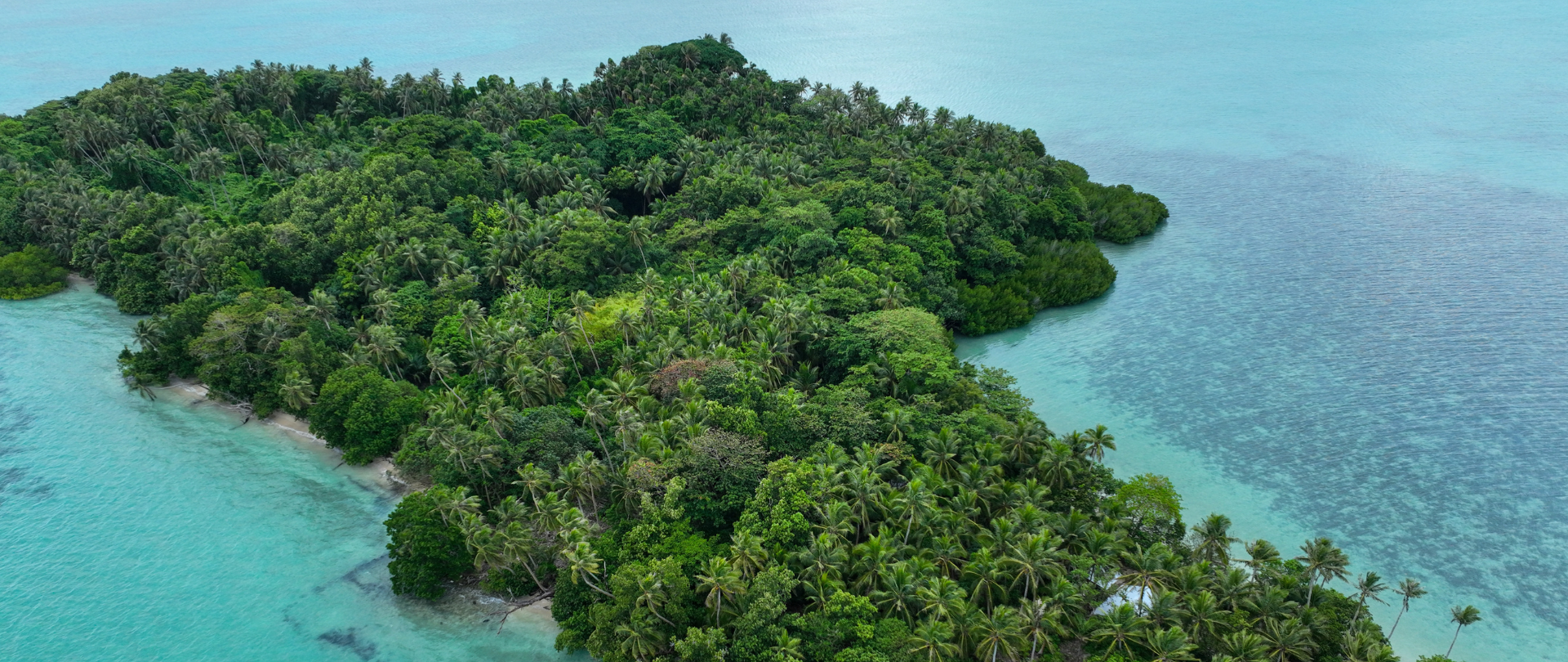
December 4, 2024
Ann Singeo, founder of our partner organization the Ebiil Society, shares her vision for a thriving Palau and a flourishing world of indigenous science!
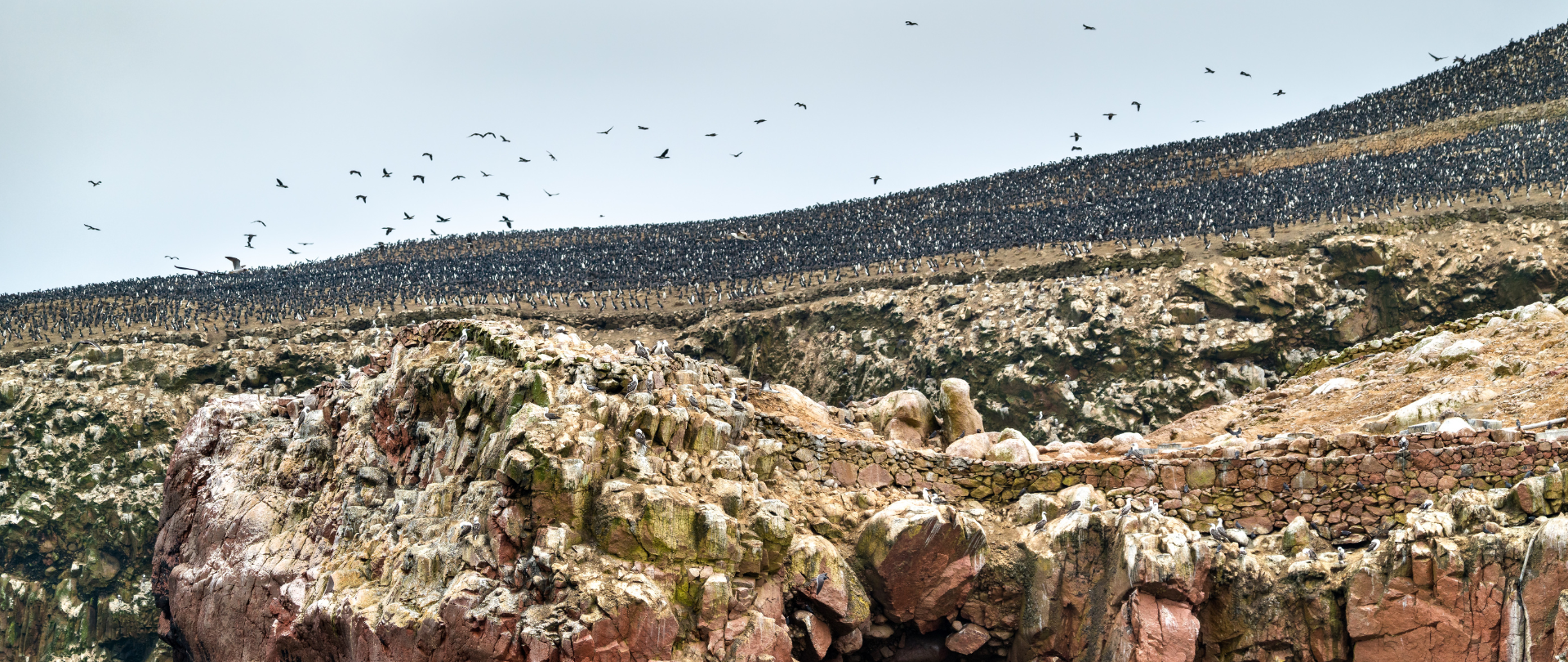
November 22, 2024
This historic agreement aims to protect the marine and coastal areas of the Southeast Pacific.
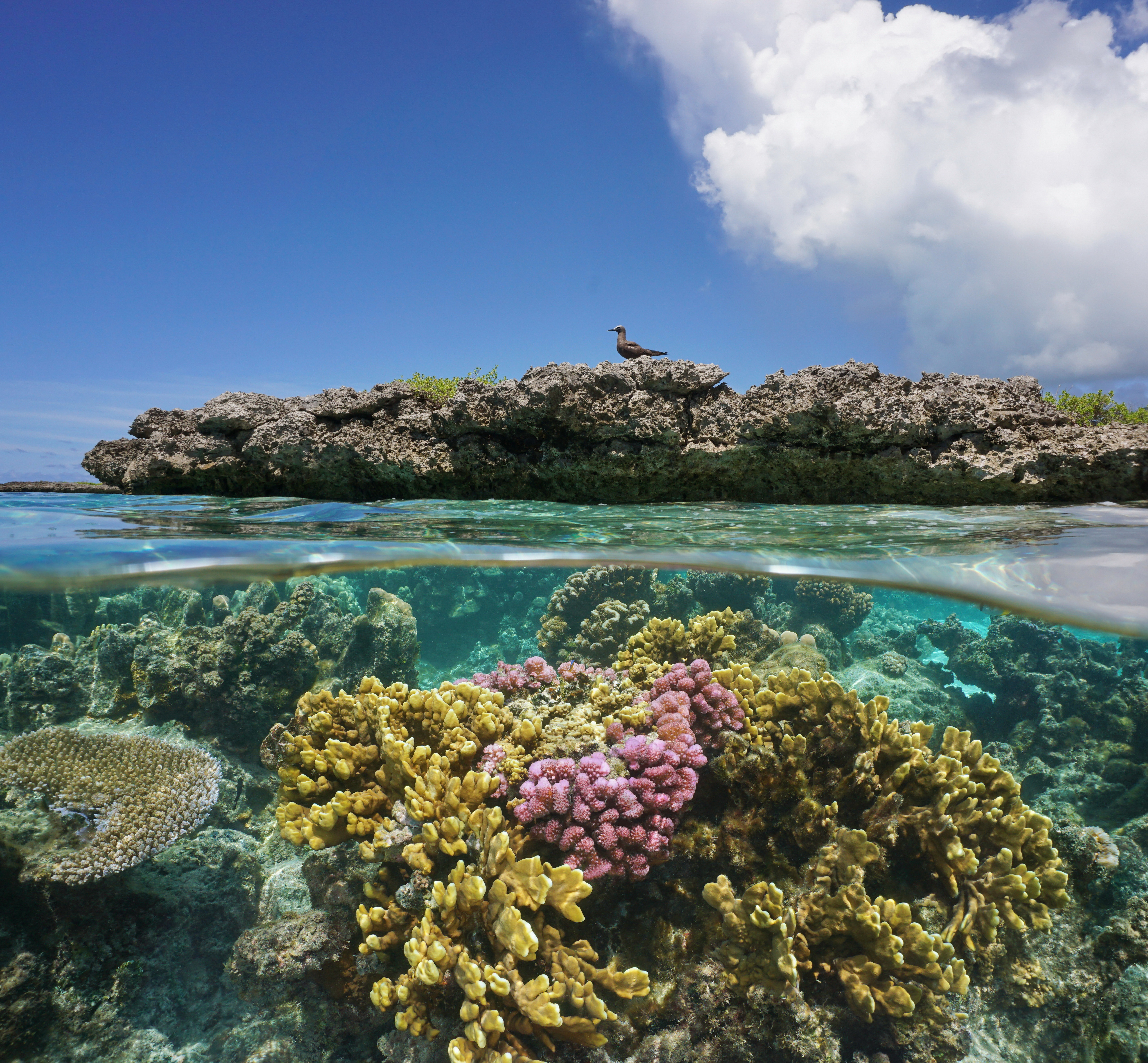
November 18, 2024
Our projects to restore key islets in Nukufetau Atoll forecast climate resilience and community benefits in Tuvalu!

October 3, 2024
Island Conservation and partners have published a new paper quantifying ecosystem resilience on restored islands!
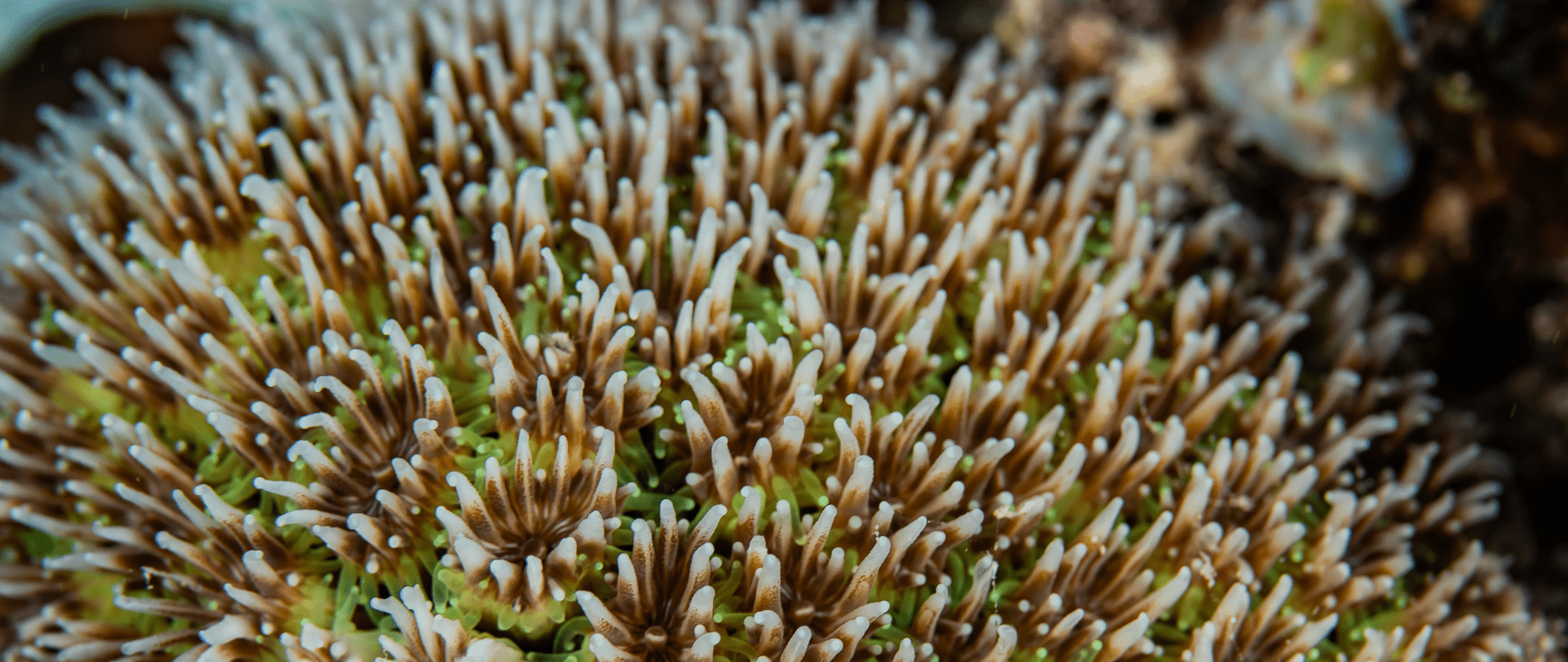
September 10, 2024
Climate Week NYC: what is it and why is it important? Read on to find out why Island Conservation is attending this amazing event!
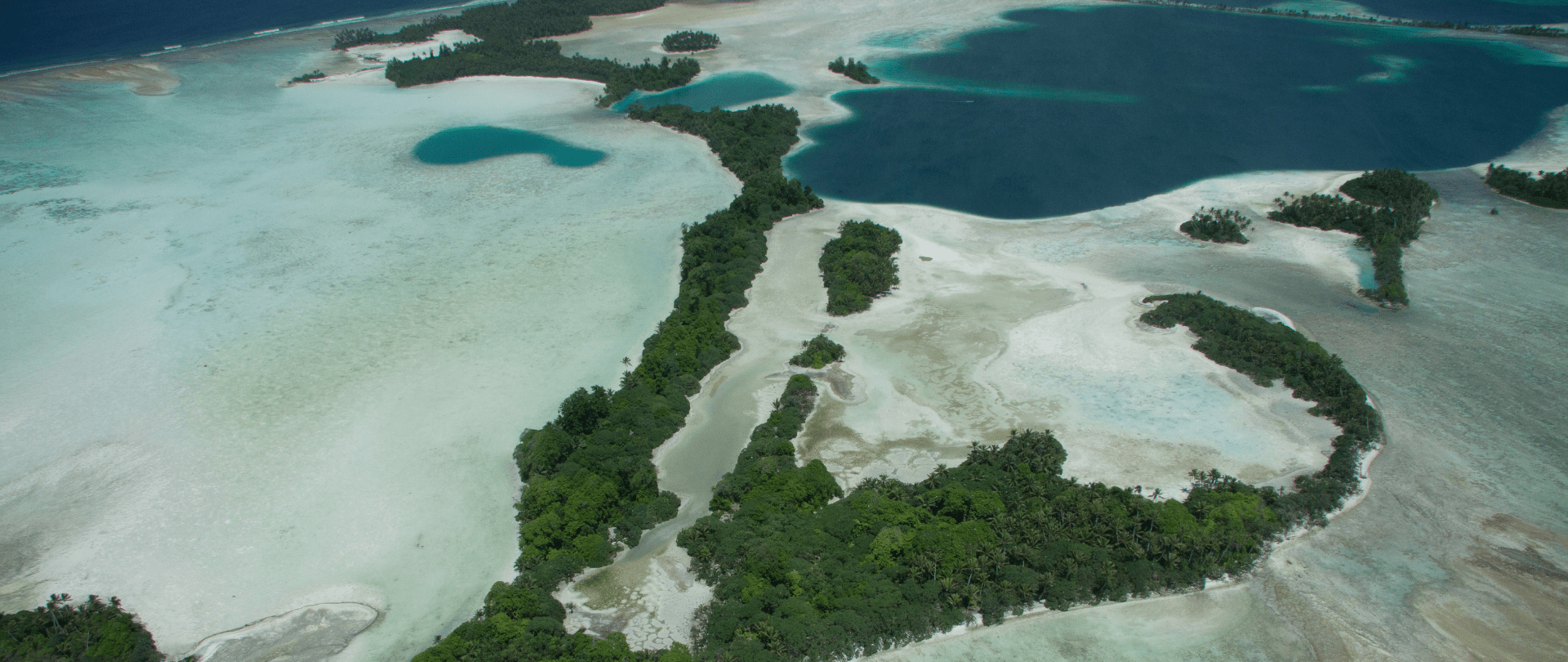
September 5, 2024
With sea levels on the rise, how are the coastlines of islands transforming? Read on to find out how dynamic islands really are!
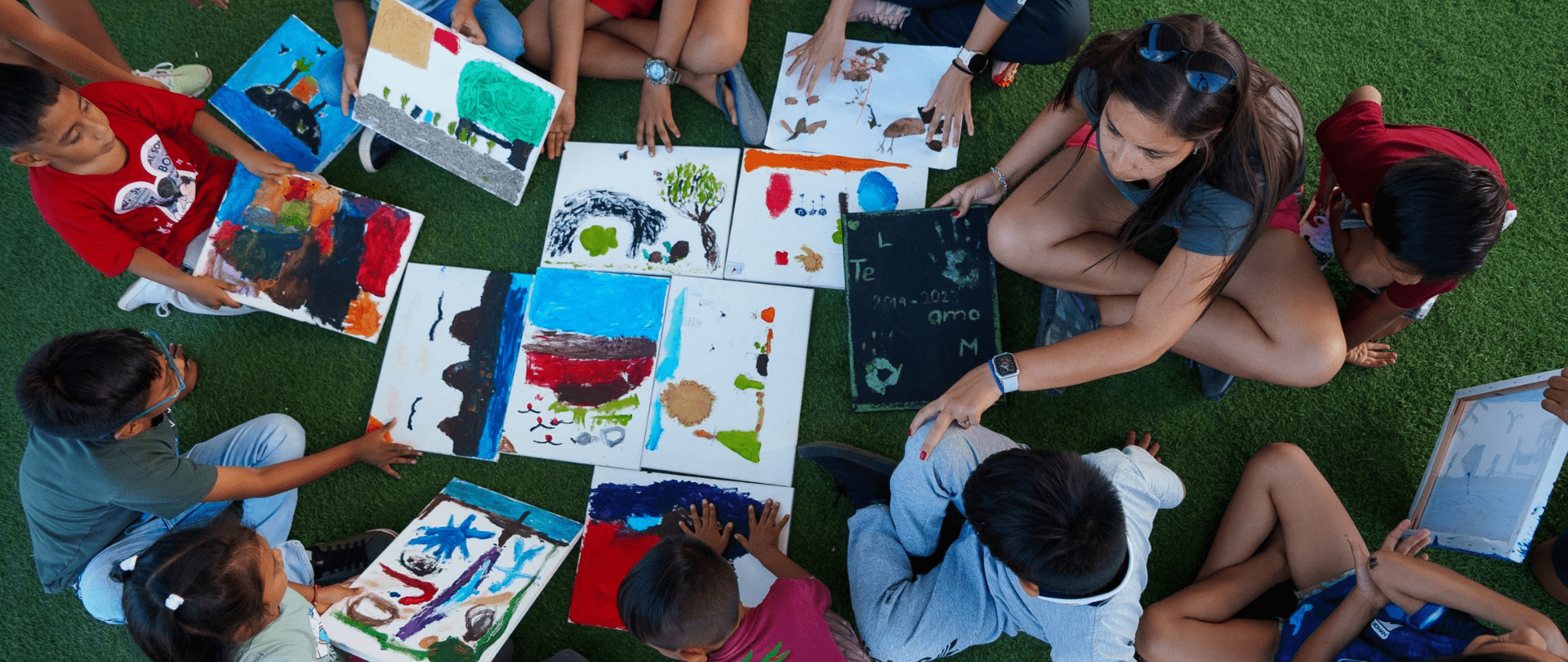
December 14, 2023
Join us in celebrating the most amazing sights from around the world by checking out these fantastic conservation photos!
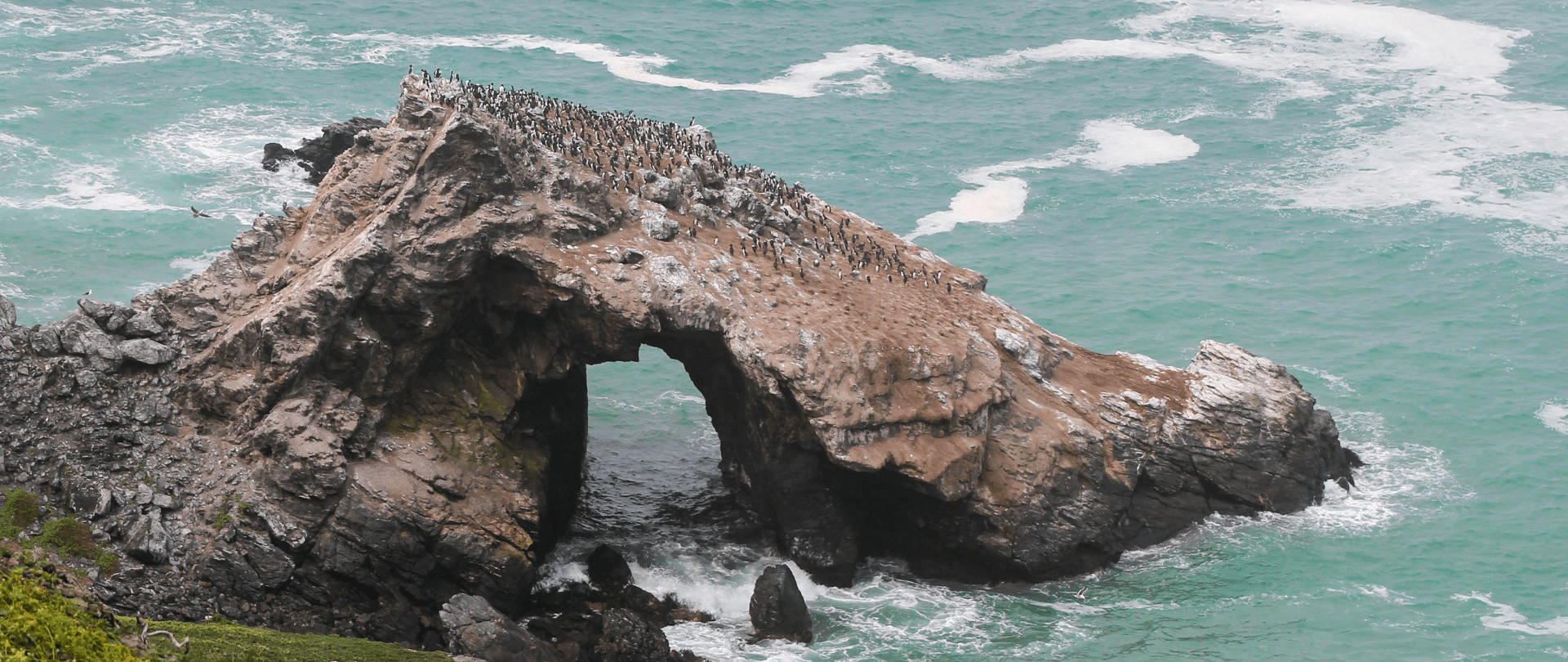
November 28, 2023
Rare will support the effort to restore island-ocean ecosystems by engaging the Coastal 500 network of local leaders in safeguarding biodiversity (Arlington, VA, USA) Today, international conservation organization Rare announced it has joined the Island-Ocean Connection Challenge (IOCC), a global effort to…